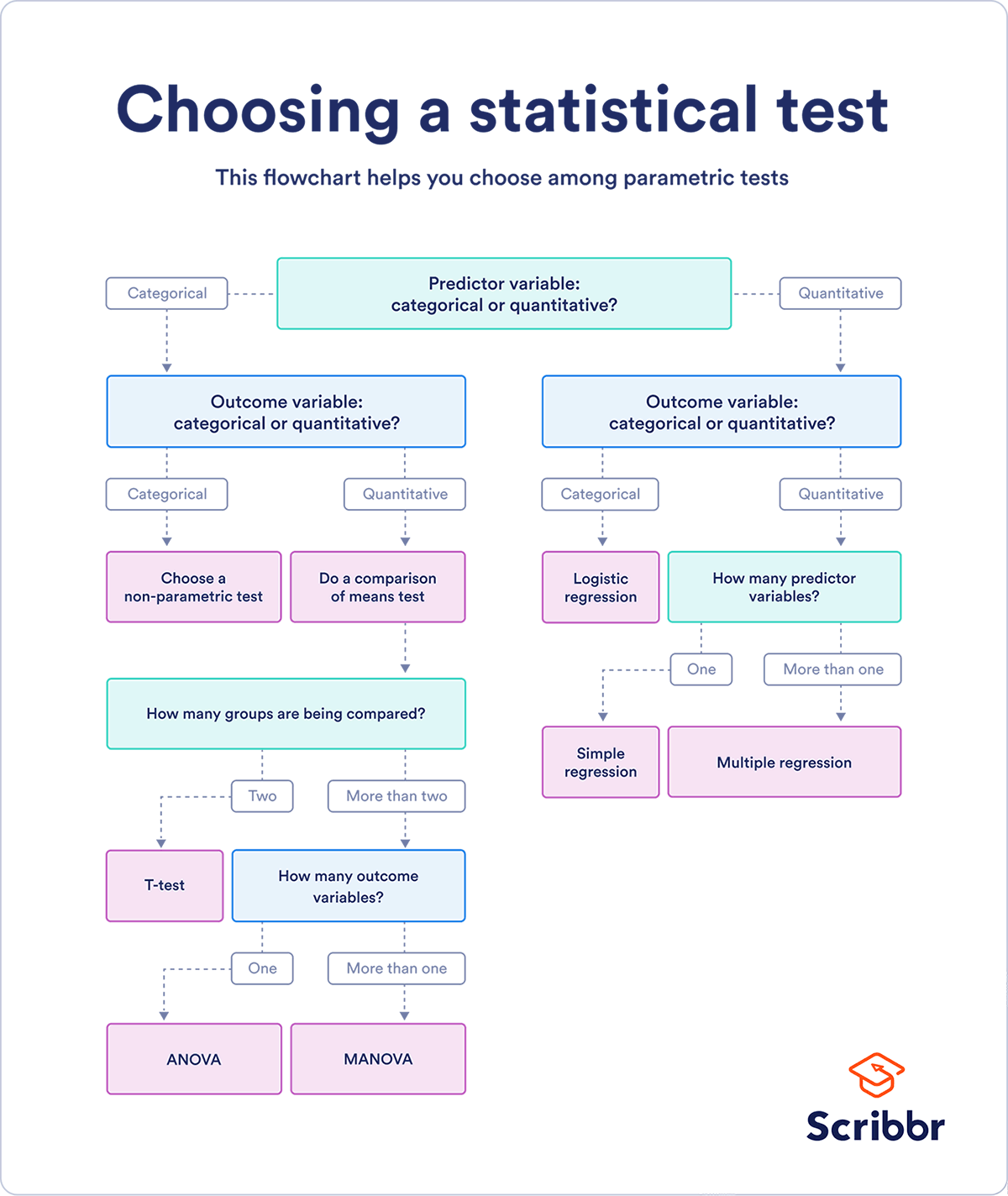
The implication of this finding suggested a need for further exploration. Kendall’s W for the rank ordering of the five most important issues (W = 0.008 X2 = 15.815 df = 6 p = 0.015) and ten most important recommendations (W = 0.050 X2 = 24.467 df = 17 p = 0.085) indicated a very weak level of agreement. The panel generated 25 propositions in the second round of survey, which they ranked in the third and final round of the survey. Thirty panel members (93%) in the first round of the survey indicated that it was important for cultural heritage institutions to assess if revitalization partnerships contributed to gentrification-induced displacement. A nonparametric statistical test, Kendall’s Coefficient of Concordance (W), measured the extent of agreement among the e-Delphi panelists’ rankings of issues and recommendations (identified by the panel members) regarding the role of cultural heritage institutions in gentrification and displacement. Qualitative and quantitative data were analyzed using inductive analysis and descriptive statistics. A panel of experts was selected composed of information, culture, and community workers who practiced: (a) at an anchor institution (b) in a neighborhood undergoing gentrification or (c) with community members seeking to stay put in transitioning neighborhoods. A three-round e-Delphi survey (round one: n = 32 round two: n = 31 round three: n = 30) was conducted from May 2017 to August 2017.

This mixed research study was implemented using a concurrent triangulation design.

Using a modified Delphi process, respondents explored the need for policy, service delivery, and programming assessment in a city of color at-risk to gentrification-induced displacement. Librarians, archivists, curators, and community advocates in Detroit, Michigan shared their viewpoints and experiences of gentrification. This paper situated libraries, archives, and museums within a sociocultural context to examine the role of cultural heritage institutions in gentrification.

Information, culture, and memory centers are increasingly anchored to urban redevelopment projects within historically marginalized communities challenged by contemporary social and economic disparity.


 0 kommentar(er)
0 kommentar(er)
